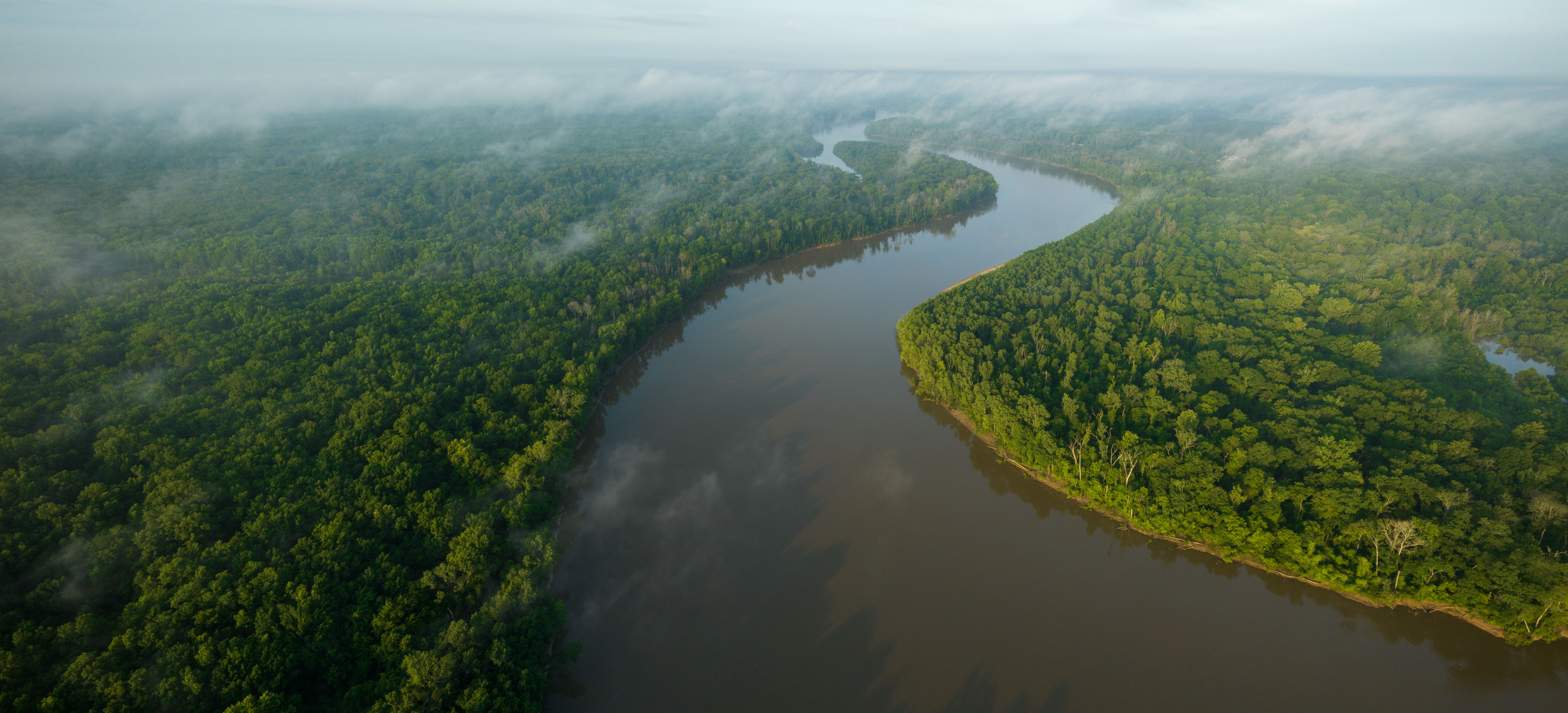Big Wins in Land Conservation in 2024
Acre by acre, our supporters make a difference for nature.
Your Support In Action
As threats to nature continue to mount, The Nature Conservancy’s on-the-ground work protecting vital lands and waters is even more critical. Our land protection strategies span all 50 states and territories and countries where we work around the globe. See below for some of the latest places here in the U.S. where we secured more land protection this year.
It’s thanks to our community of supporters who have come together, time and again, to help conserve the land and waters on which all life depends.
With our natural world facing the dual crises of climate change and unprecedented biodiversity loss, your continued support is more urgent than ever. We must work harder and faster than ever before to continue to protect the lands and waters we all rely on. Together, we can find a way forward to create a better path for nature’s future.
Help Save Nature
Your donation will support urgent conservation work to protect the lands and waters you care about.









